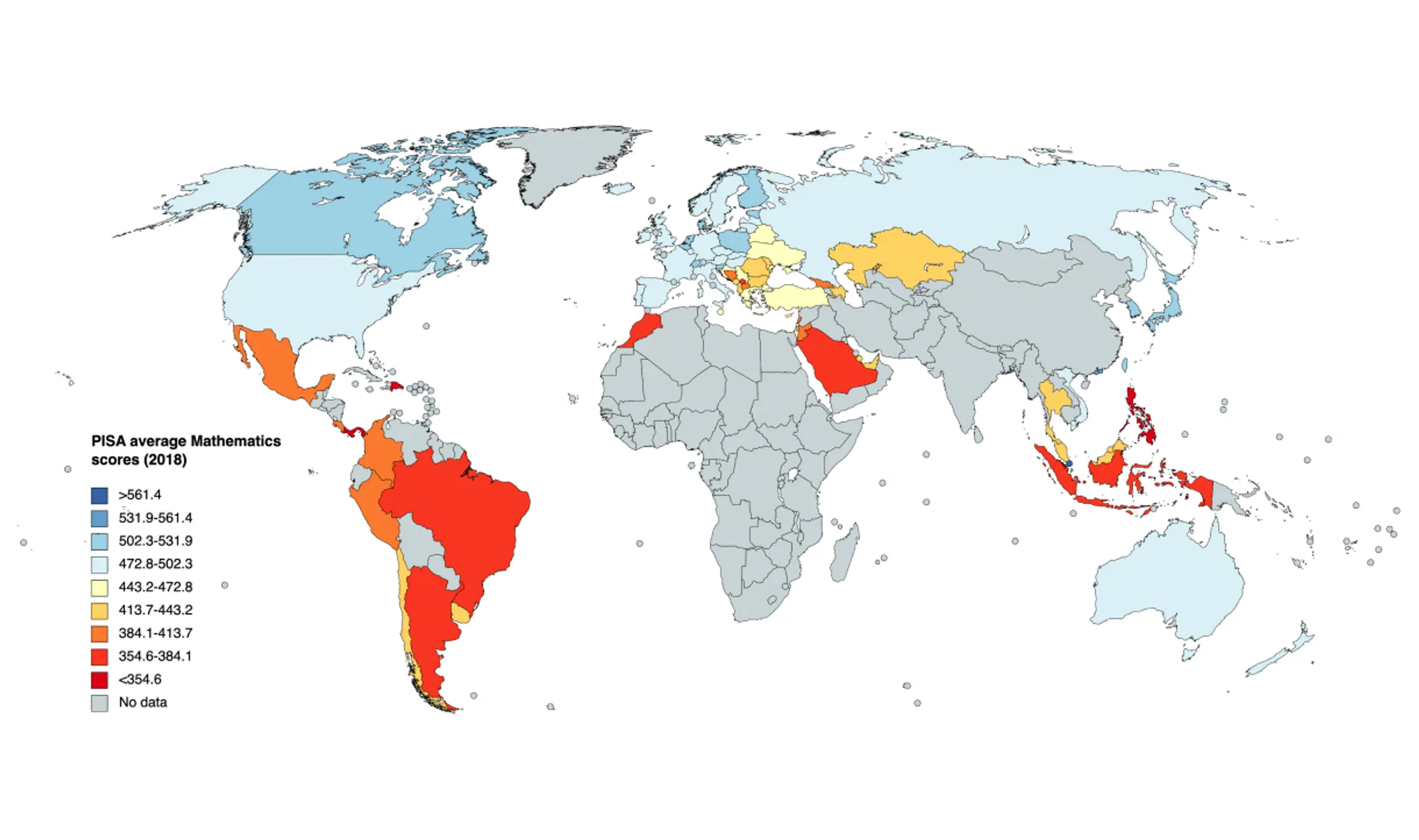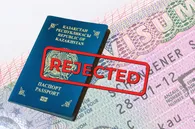The history of our country – and of all other countries – has never been a linear path; rather, it’s twists and turns have led us in many ways. Among the milestones, one of the recent ones was almost reaching the high-income status in 2014-15. For a number of reasons, it didn't happen. Now, amidst major shifts in the global economy, Kazakhstan is once again gearing toward the coveted status.
But what drove us to that goal once, and why do we seek it now? The answer appears simple, but as Ivailo Izvorski, the Chief Economist at the World Bank, points out, realizing this objective would require substantial structural and spatial transformations of the economy. In the end, that transformation may pose an invaluable question, 'Should we seek the status, or was the transformation itself a worthy endeavor?'
Having recently assumed the position of the Chief Economist for the Europe and Central Asia region, Mr. Izvorski sat down with QazMonitor to delve into how the development of human capital informs the intricate mechanisms of the economy, and to identify the risks that lie along the path toward the aspired goal.
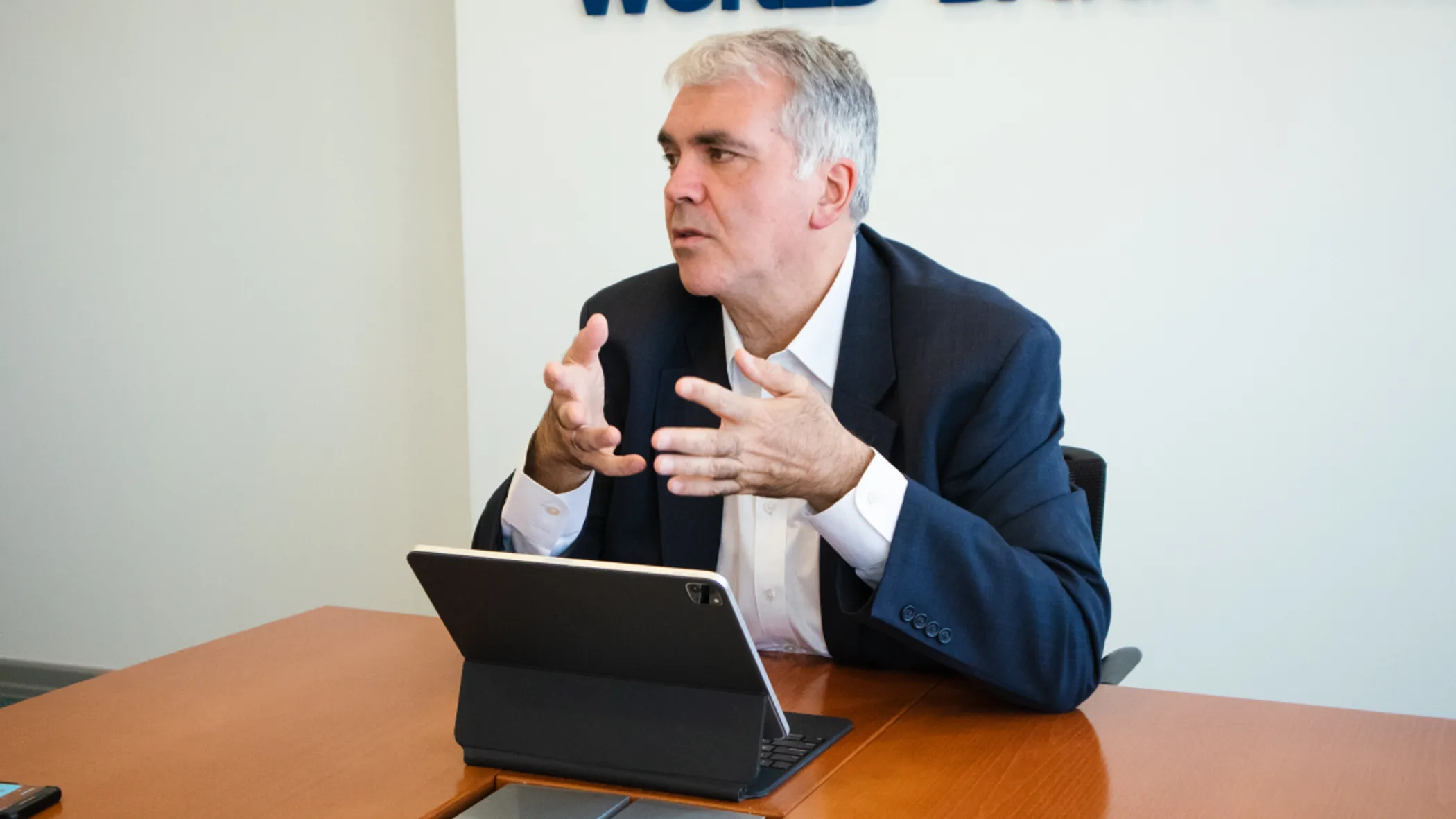
Risks and Opportunities
What risks do you see for the Central Asia region in general and Kazakhstan in particular?
One is Russia’s ongoing invasion of Ukraine – the destruction of trade that it brought, the increase in inflation everywhere. There’s also a risk that the output in Russia could contract, and because Kazakhstan trades with Russia and heavily relies on the pipeline that goes through it, the risks are huge.
Also, there is a risk of global fragmentation. We see the risks of the global world dividing into regions, which, obviously, is not a good thing for Kazakhstan, as it is integrated with the global economy through the exports of commodities.
What's more, a very important risk for Kazakhstan is an incomplete transition of its economy from plan to market. State-owned and state-connected enterprises are too prevalent. There is still a lack of adequate competition and a level playing field for all enterprises, private and public.
Finally, the quality and level of education in Central Asia, including Kazakhstan, is not where it should be. It needs to be dramatically improved, as when you're pushing for a high level of income, you will require people to have a much better quality of education and skills.
What about the advantages?
Kazakhstan, certainly, has a lot of advantages. The narrative is often that it’s a landlocked country, or it’s not next to Europe. This is important but much less so than the fact that Kazakhstan has a huge territory. There’s a lot of natural wealth.
Also, it’s bordering a very dynamic country, China. Kazakhstan also borders all Central Asian countries other than Tajikistan. Kazakhstan is really at the center of Central Asia.
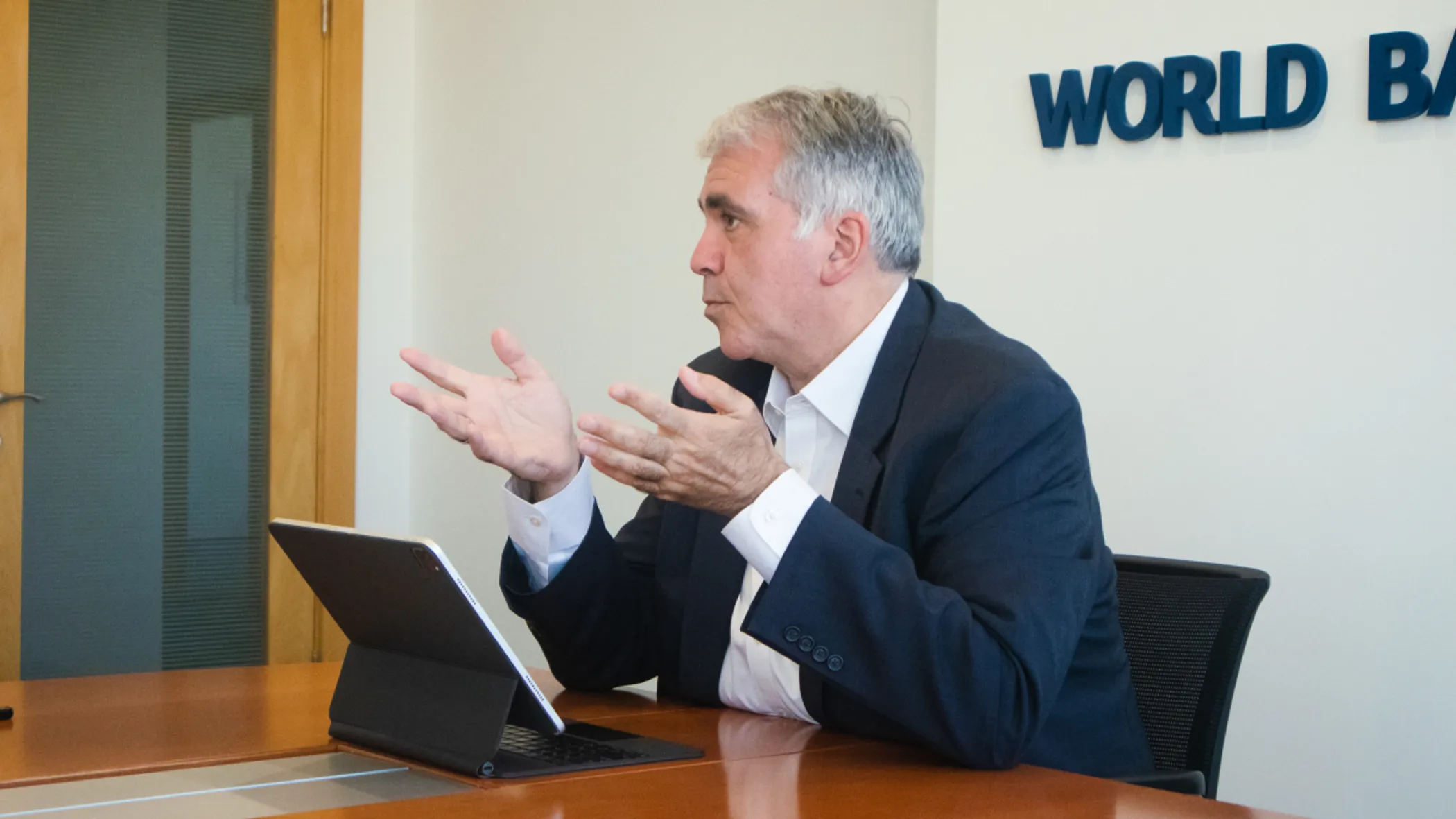
As a result, you have borders with all these countries and strive to create a tight economic space. It does not mean a single entity. But a Central Asian economic space that is tightly connected by flows of trade and investments and the exchange of people for study, tourism, and work. When foreign investors look at the region, they would look at a region of 70 million people, with a large connected market with huge opportunities for trade.
“...Not where it should be”
One of the key points of your speech at the Astana International Forum was that our region needs to focus on the development of human capital. What would that mean for Kazakhstan?
I was looking at the enrollment in universities in Kazakhstan, which is now comparable to that of Albania and Georgia, even though Kazakhstan has a higher income per capita. Kazakhstan ranks among the five lowest countries out of 23 in the Europe and Central Asia region. When considering the pre-primary enrollment, that’s kindergartens, the country is also among the seven lowest in the region.
Kazakhstan’s spending on education is about 3% of GDP, which is much lower than its average for Europe and Central Asia, which is about 4-5%. Even though you have a very young population and a lot of children, you spend very little on education.
Do you know that according to the latest PISA scores [the program for educational assessment of reading, mathematics, and science skills], 60% of Kazakhstan’s 14-year-olds are functionally illiterate, meaning they cannot understand written text?
Are there specific steps that we need to take?
Countries that have been successful in their economic growth have focused on improving the quality of their education. This includes focusing on a more comprehensive education, providing more responsibilities to their teachers to shape the curriculum, for example. But also requiring more of the teachers to lead the kids forward.
So, it’s about improving the quality of education at every level, from kindergarten to primary, secondary and university education. In Kazakhstan, a country that in 2014-2015 was almost high income and will be high income soon, the emphasis has to be on the whole scale of pre-primary, primary, secondary, and tertiary education.
Enabling economic freedom
What non-resource sectors does our country need to develop?
I think this question has to be asked in a different way. Kazakhstan is a country that in several years could be a high-income country, but to make that a reality, your policies and institutions have to change to allow the economy grow faster, more inclusively, and more sustainably to reflect that shift in the structure of your economy.
There has to be more emphasis in both policies and institutions on innovations. That would bring out the best in people who would be the creators in companies and universities. They need the economic freedom to create enterprises, innovate, and connect with other enterprises and people.
So, I don't think the question should be about the development of specific non-resource sectors, or specific sectors that people should go to. It should be about the broad policies to allow people realize their full potential. So, better education, a better level playing field for all companies, public and private, and less cyclical fiscal policies.
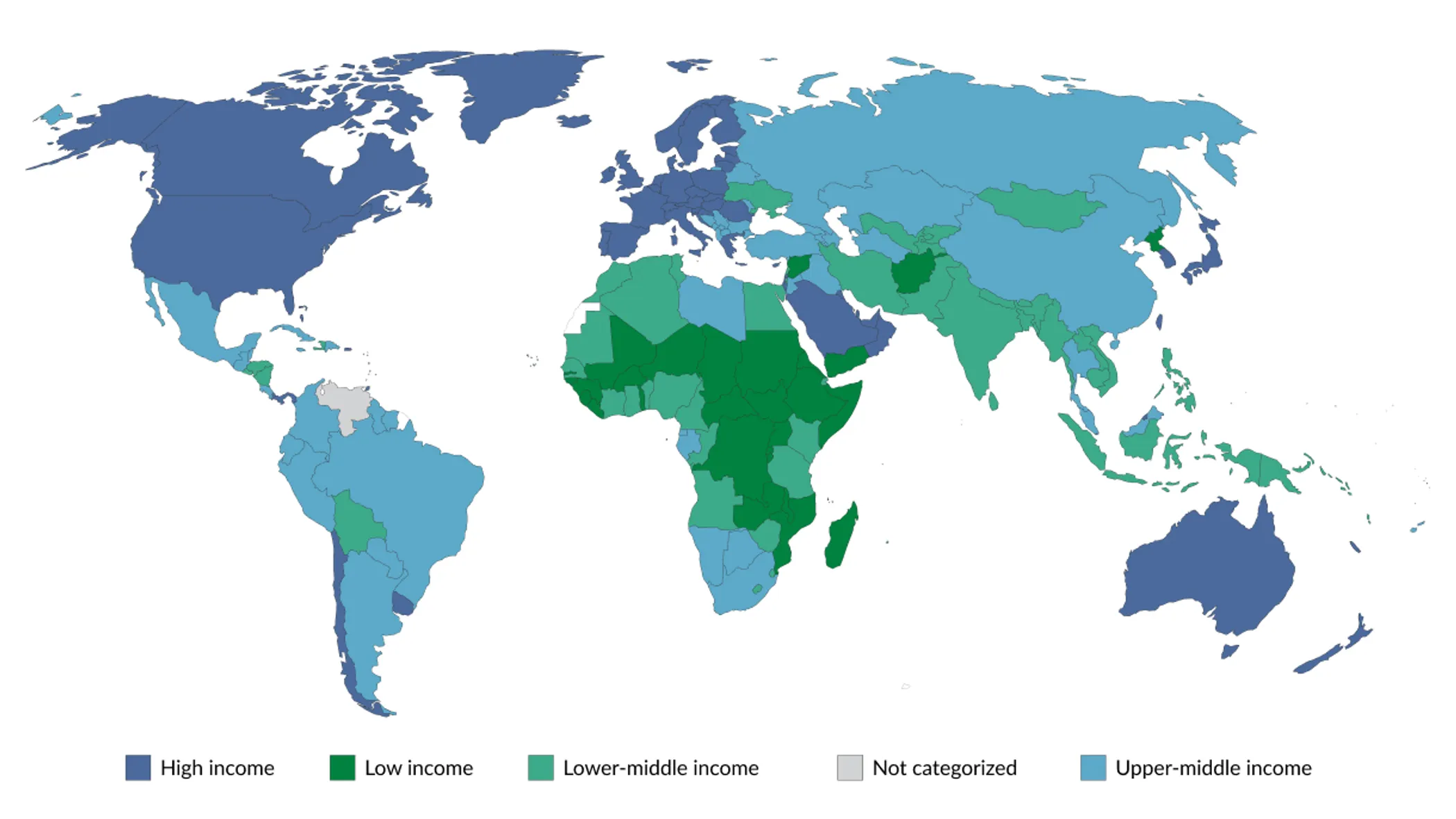
Now, what about sectors? It should be left to the market. If you allow a lot of economic freedom, and this is something that is very important in this country – allowing the economic freedom for people to create companies where the market is needed – the sectors will come by themselves.
What areas does the Kazakh government need to increase the funding for?
The annual budget is an expression of the government priorities. So, when the government brings a vision of where it wants the country to go, and where they should spend the money.
At present, more than 50% is spent on education, social protection, and pensions. So, a huge chunk of the budget is dedicated to the social sector, and as I was saying earlier, it’s very likely that the government needs to spend much more on education, but before you even say that, you should ask, 'Are we spending that money effectively?' and 'Are we reaching the results?'
The other thing is, even though the Kazakhstan government has a lot of resources from commodities, you need to bring in private sector money for results. Everything that the government does has to be able to stimulate the private sector to come in, invest, and create, given that you need to change the growth model to be less dependent on commodities.
At the end of the day, it’s the private sector that generates jobs, generates incomes, that matters. The government helps set the business environment and supports businesses, but the most important support it can provide is to unleash economic freedom while ensuring a level playing field for all enterprises, public and private.
Criteria of success
In one of your lectures, you made a point that Kazakhstan shouldn’t strive to achieve equal development across all of our regions but instead focus on achieving equal access to resources. Why is that?
The territory of Kazakhstan is huge and the population is 20 million. It’s very difficult to spread the development evenly. Therefore, what has happened in countries with similar large territories like Australia and Canada, is that they allowed people and companies to concentrate, and be near other companies and people, where the markets are.
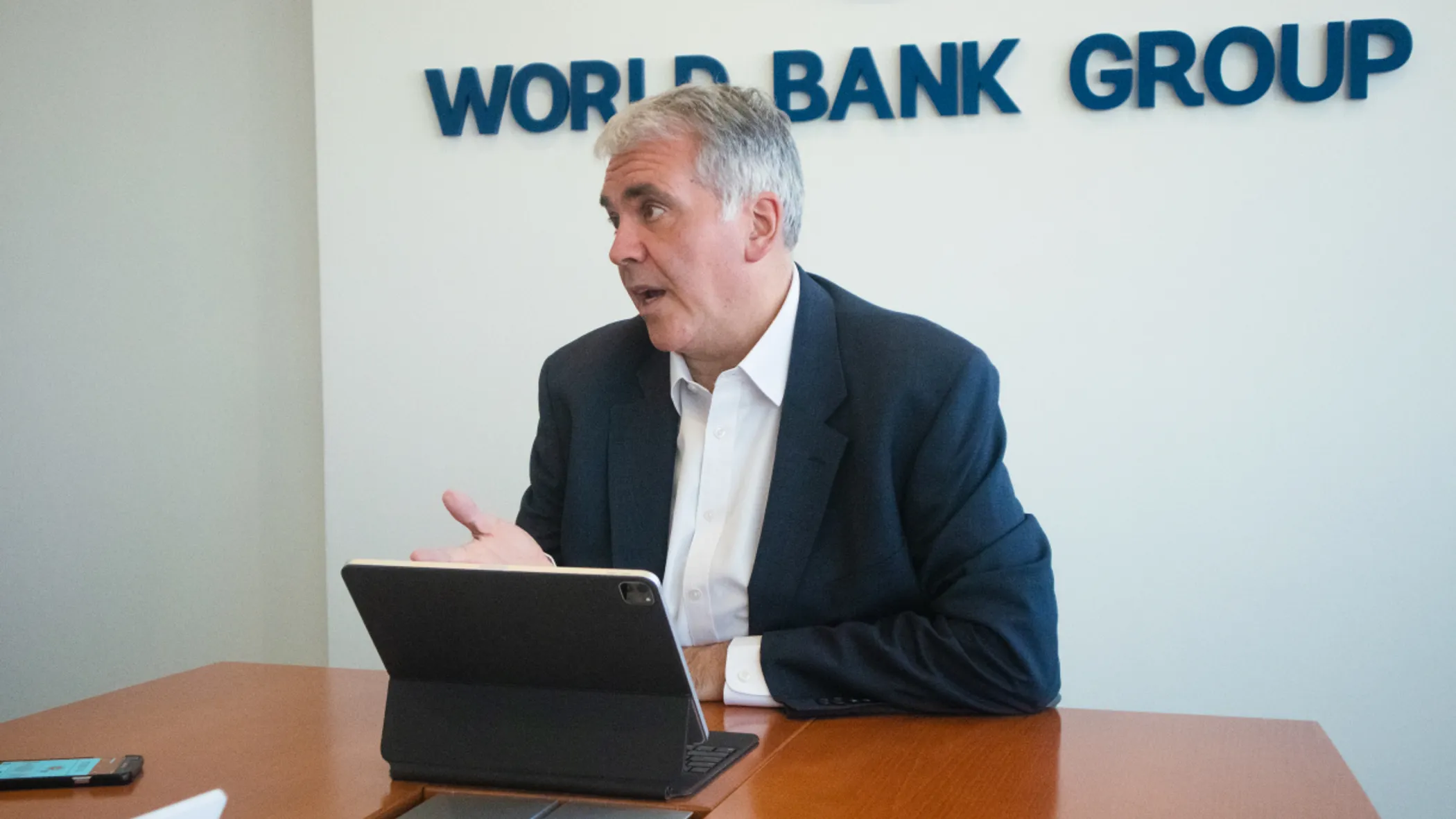
Canada has a vast territory, but most of the population lives near the border with the United States. There’s a very small part of the population residing in the coldest areas up north. They didn't focus on spreading development but instead allowed people to go where the market and job opportunities are.
Of course, there would be people in some parts of the country, the ‘lagging regions’ as they call them, that will not be able to relocate. Take, for example, people living in a village who cannot move to Astana and Almaty, because they cannot sell their house as there’s nobody there to buy their house, so they have no means to come to a big city.
So, what should be done for those who choose not to leave? Well, then you have to have the government policy to support them. Provide social services, provide healthcare. They should have a decent life. This is much more cost-effective than trying to incentivize companies to relocate to places where people don’t want to live.
The measure of success at the end of the day is not based on the spreading of development, but rather on whether people have a good income, are satisfied, and live in good conditions. All of it depends on what your criteria for success are. And that criterion must be:
We want to help people have a better, more productive life.


